Do Aquariums With Plants Require CO2, Fertilizer And Expensive Lights?
Many freshwater tropical fish hobbyists believe that you cannot have a lush green live planted tank or aquarium without the use of expensive lights, CO2 and plant fertilizer.
We would like to show you some examples of some of our aquariums that don’t use any CO2 or fertilizer and use lights that cost under $30.
A Little About Our Tanks
Our tanks may not be what everyone is looking for because our tanks focus on fish health and we really don’t care what the tank looks like. We simply place the plants in the aquarium and let nature take over.
Although we don’t focus on making the aquariums beautiful it often simply happens naturally. Due to the layout of our fish room most of our smaller tanks can only be seen from the side.
Why Do We Like Aquarium Plants
We try to provide an environment for our fish that the average hobbyist or someone new to keeping freshwater tropical fish can provide themselves without a lot of expense or work.
We feel that doing so makes it much easier for our fish to thrive when they move on to a new home.
Plants are a huge part in creating an environment for aquatic wildlife that helps them to thrive. Plants help to improve water quality by consuming harmful ammonia, nitrites and nitrates.
Plants help to provide oxygen in the aquarium which helps keep fish alive and healthy. Most of the time the process can’t be seen however when a plant produces more oxygen than the water can contain then small bubbles can be seen coming from the plants. This is called pearling.
Our Lighting
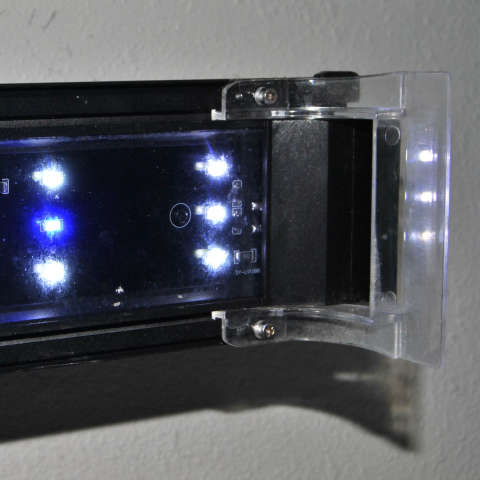
Due to the high number of tanks we have most of the lights we use are inexpensive lights such as Beamswork brand lights, cheap under cabinet lighting or inexpensive shop lights available at Walmart. Our current shop lights are florescent however we plan to purchase LED shop lights when we replace them.
The bulbs we use in the florescent lights are regular daylight bulbs however we have just started using some other florescent lights that were given to us by a pet shop as they were no longer carrying them.
We do have some more expensive lighting but those are used in our aquariums that are used for show.
We have some tanks where it’s fairly obvious that the plants can use more light than they are getting. This seems to be most prevalent in the tanks where the Beamswork lights are used.
We would like to improve our tank lighting in the future but with so many tanks it’s simply too costly at this time.
Our Aquarium Plants
The plants we keep are plants that are undemanding and tolerate low light. Most of our tanks have only Java Moss and Cryptocoryne. We believe most of our Cryptocoryne is Cryptocoryne wendtii which came from one original plant that we purchased and divided many years ago. We tried other types of Cryptocoryne but we are not aware of any that survived the initial plantings.
Our Java Moss all came from a small handful we purchased about ten years ago.
We also keep a small amount of Anubias nana petite and Guppy Grass (Najas Grass). The Anubias nana petite is very slow growing but requires little light or care once it is established.
The guppy grass needs more light than most of our other plants so we only put it in the tanks that are under the shop lights.
Our Fish
Most of our fish are small and relatively undemanding with the bulk of them being Endlers or guppies. Some of our larger fish are placed in tanks that don’t have plants as they will eat them.
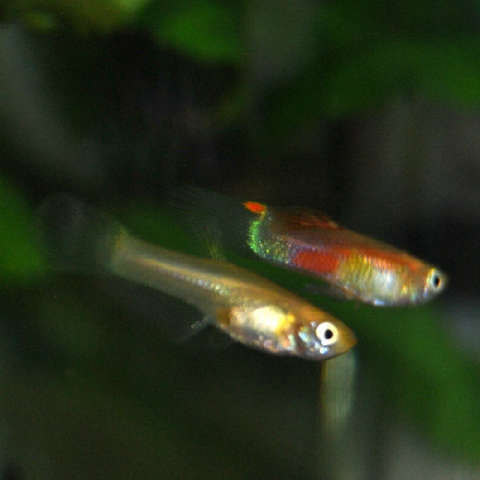
We also have Ramshorn snails in many of our tanks. For the most part they leave the plants alone however they do make holes in the leaves that are dying off or weak.
Fertilizer
We don’t use commercial fertilizer as our plants seem to do very well from the fertilizer that is provided from the substrate and the waste that is created by the fish, snails and uneaten food.
Substrate
Most of the substrate we use is some very old Black CaribSea Eco-Complete® Planted Aquarium Substrate that we add a little to from time to time. This substrate seems to work well with our plants and looks great in the tanks. We do experiment with other substrates from time to time which usually gets mixed into what we already have.
CO2
We don’t use any CO2 in any of our aquariums at this time. Because we don’t use a large variety of plants and the plants we keep do just fine without it we don’t feel additional CO2 is necessary. We do keep an air stone or sponge filter in each of our aquariums and this may be of some benefit to the plants.
Algae
Algae is not a huge problem for us once the tanks have had time to stabilize. What little algae that grows on the glass is left there for our fish to eat except for on the front of the tank where it would prevent us from viewing our fish.
We feel the key to preventing uncontrolled algae growth in our aquariums is to balance the number of fish, size of tank, hours of light, amount of food and number of plants.
Our Aquariums
As promised here are some examples of some of our aquariums. In an attempt to show our real life experiences we have not cleaned the algae off the glass for months. Please excuse the water spots and reflections.
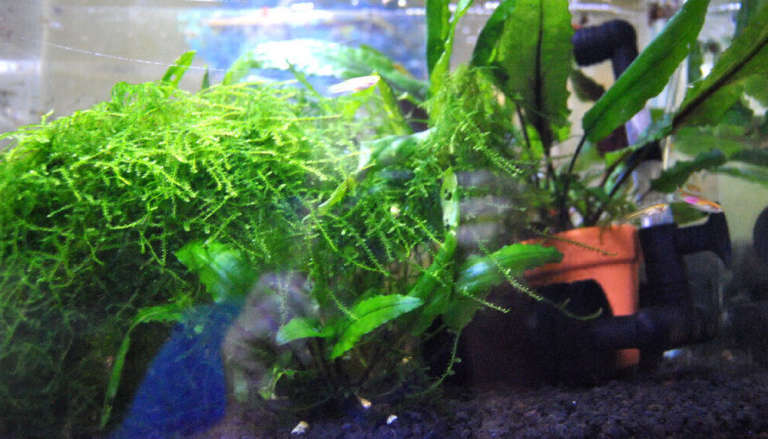
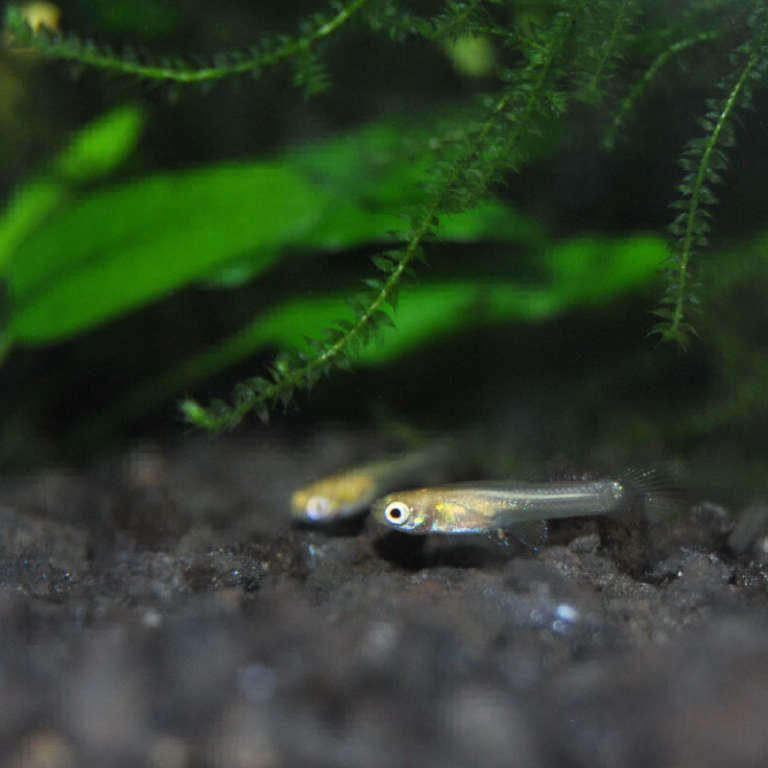
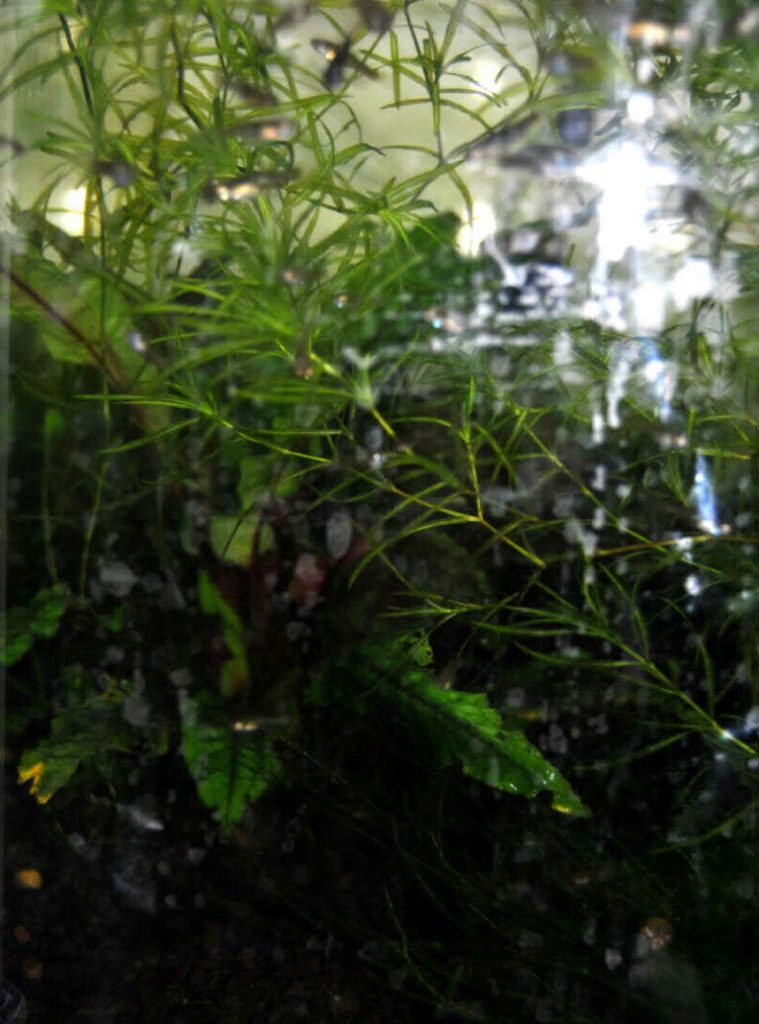
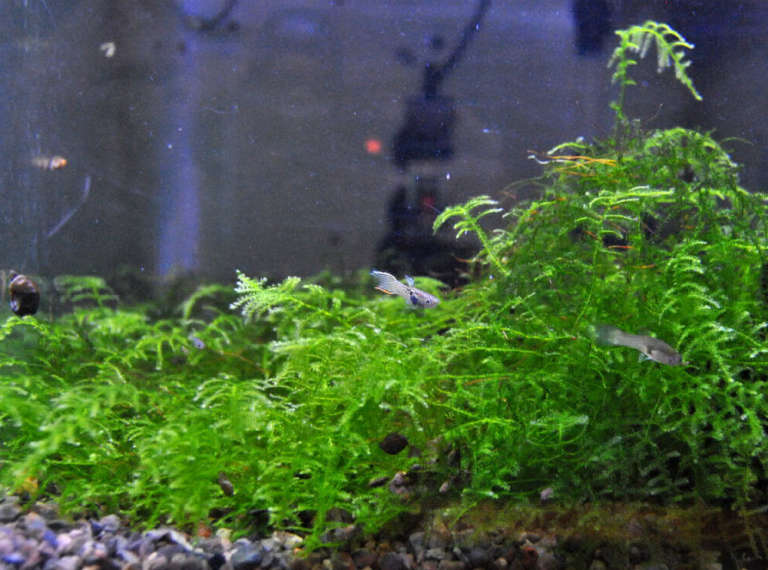

Thank you Marty for another excellent article giving us insight into how you keep your tanks and Endlers! I appreciate your openness about what’s worked and what hasn’t, told in a way that all of us can understand and readily apply to our own tanks.
I love how organic the style is each of your tanks, that by starting with a few basic quality implements you let each transform into its own beautiful habitat!
Thank you. That’s very kind of you to say. It’s a real pleasure to share and I hope that it will help others in the hobby.